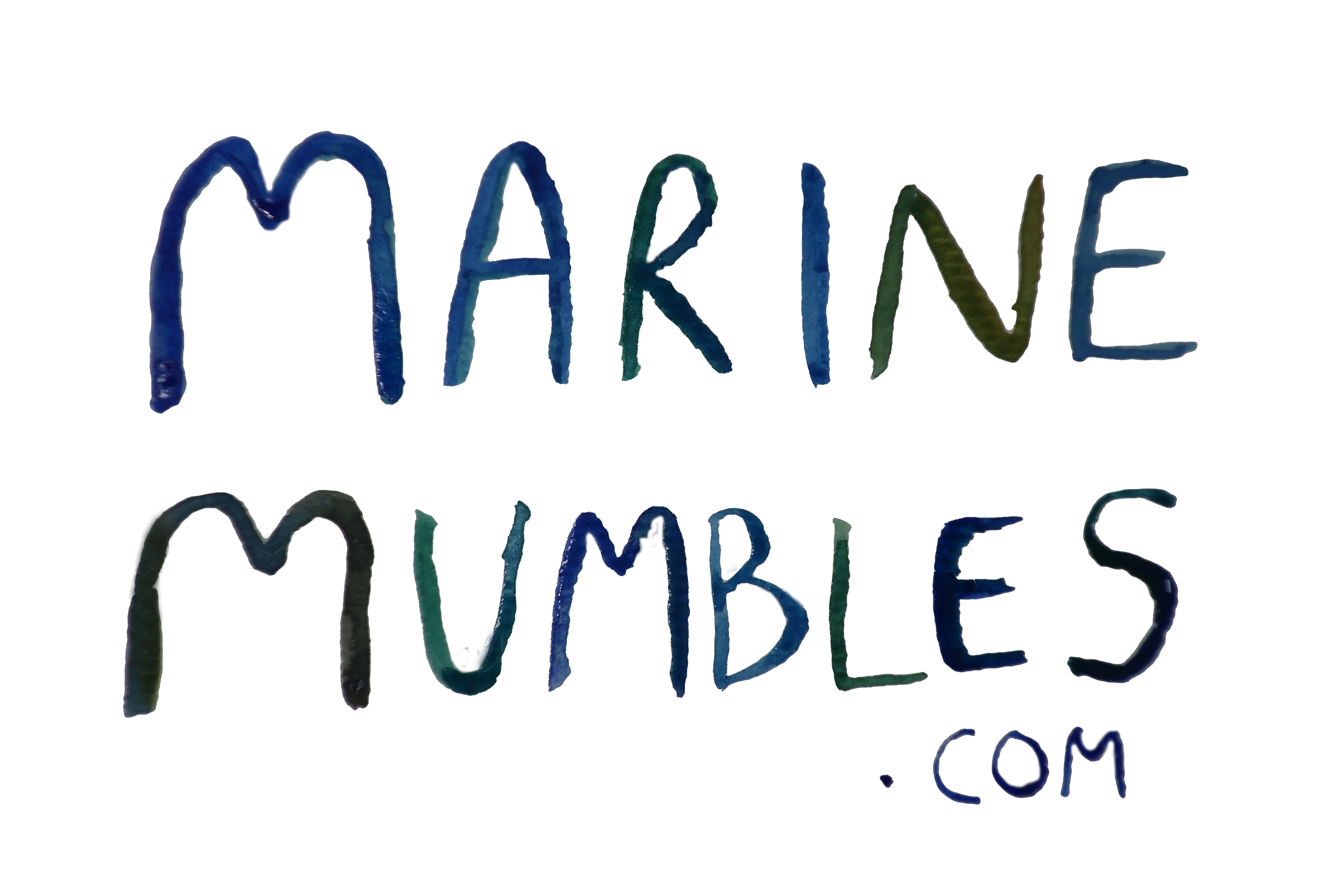The species Littorina saxatilis are one of many gastropod ‘snails’ on the rocky shore. Most of these gastropods tend to have similar requirements for survival. For example, they all require crevices to protect themselves from strong waves, and they are all herbivorous. But although they all look quite similar they do have different adaptations which allows certain species to be more successful on different parts of the shore compared to the others. As a result, rough periwinkles are much better adapted to survive on the highest parts of the shore and the splash zone.

A variety of different topshell species that inhabit the rocky shore, snuggled in with a beadles anemone (Actinia equina)
The splash zone is the part of the shore that get damp/splashed when the tide is at its highest point, this means that most of the time this zone is out of the water. Despite ‘land’ snails being a very common thing, for marine gastropods (as well as all other rocky shore species) it is vital they do not become desiccated (dry out). The splash zone which is almost always exposed is an extreme environment for a marine creature, and these hardy little guys nail living there!
To do so they have a variety of different adaptions, these include a mantle cavity (a space of air between the body of the snail and the shell) has adapted to be used to respire in air for much longer periods of time without drying out and maybe thought of as a very primitive lung. To save water they also excrete solid very concentrated uric acid to get rid of waste produces but retain as much water as possible.
Although they occupy a very extreme environment, it also means they can survive in a habitat with much less competition and access to additional food sources such as lichens. Lichens which are terrestrial plants adapted to survive harsh high salt splash zone environments.
Another really bizarre trait these species have that I discovered whilst reading up about them is that they lay their eggs within their shells, rather than on rocks. They therefore much more protected, and when they hatch the snail appears to be giving birth to live tiny baby snails! Not only must that be really cute to see its quite different from a lot of other breeding strategies of intertidal animals which normally just consists of spawning events into the water column.
In terms of ID’ing these species it can be pretty tough to exampling the difference in the shells without comparing each one. Therefore, I am going to do a big comparison sheet at some point. But until then this species is the one I find easiest to ID/ describe, mainly from its common name. The rough periwinkle is called a rough periwinkle because… you guessed it… it is very rough! The shell has deep grooves on it so if you run your fingernail along the shell it should be pretty easy to feel. The aperture (the whole at the bottom on the shell) is also pretty rounded without any angular edges (but that’s easier to see when comparing to other species). In terms of colour they can vary from light browny/yellow to dark browny/black, but this changes from individual to individual so I would avoid using colour to help compare.
Most of the time rock pooling you will not see them out moving out of their shell, like the above picture, you will just see them attached to the rocks. However, I really enjoyed painting this little guy (his name is Jeffery) with him out of his shell. I also loved painting this because I would love A4 sized snails to be roaming around (some species of sea slug can get that big, just a shame top shells aren’t). But hopefully next time you will have a bit more of an idea what these little creatures look like in the out shells, despite just seeing the shell.
Last and final random bit of information which I find very cool, is that depending on what type of shore/location the morphology of their shells can vary. This is because they can make there shell thicker or thinner, depending on the amount of protection they need. This means if a shore is very exposed, so has high wave energy individuals on that shore are likely to have thick shells. Also even if a shore is not exposed they can have thick shells because of high predation rates from species such as crabs, they therefore need a thicker shell to decrease the risk of a crab actually cracking them open!
It is always worth remembering that although rock pools look lovely and peaceful their brutal environments so species go to impressive lengths to fend off their competitors and predators. Despite being a but underrated on the shore (I mean no one freaks out at how cool it is to see a rough periwinkle) I think Littorina saxatilis is a perfect example of a species that wants to be left alone and will do anything to make sure it can stuff its face. So in that respect I think everyone can relate to this species even a little bit, and of course I personally find them adorable!
Hope you enjoyed reading this post! Please follow me on twitter and Instagram and comment below any questions or comments! Alternatively email me at marinemumbles@gmail.com!
Happy rockpooling!




An interesting story of Jeffery. He my be on the rough side but there is something strong & masterful about his ability to survive in the dangerous rock pools of the sea shore.
Great artwork interesting story .
Can’t wait for Marine Mumbles next creature profile .
Thanks, glad your still enjoying the posts!